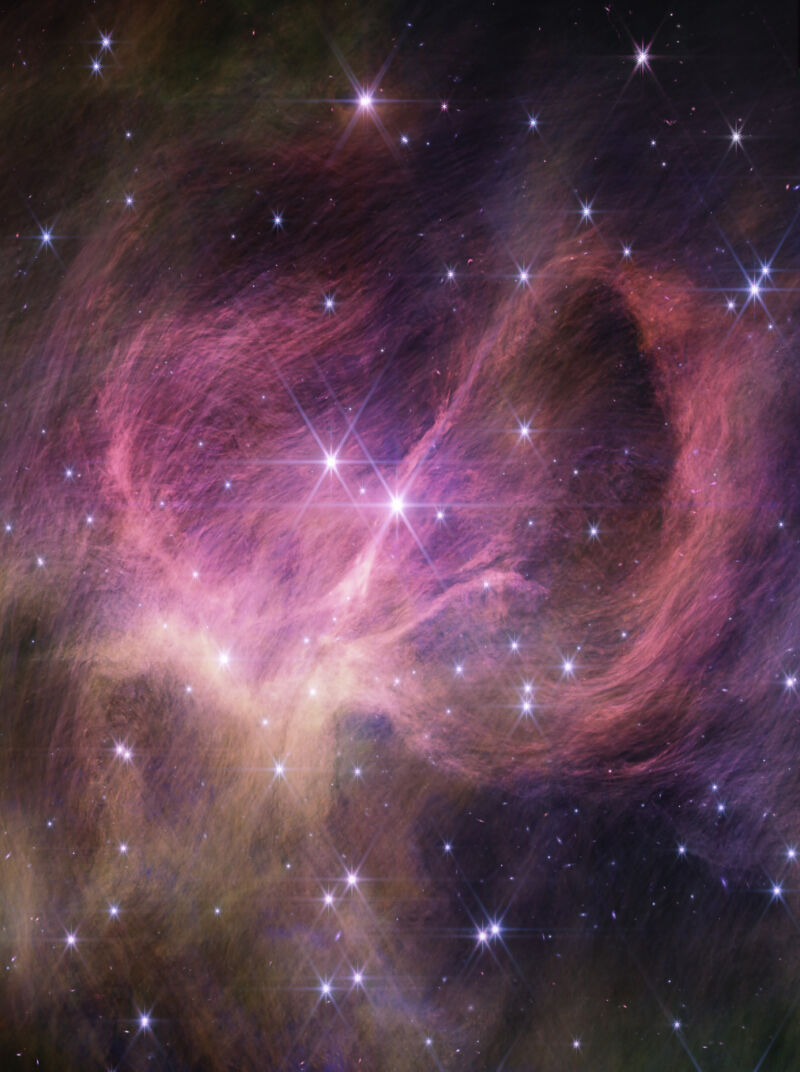
Good morning. It's December 14, and today we're traveling about 1,000 light-years from Earth to a star cluster in the constellation Perseus. Astronomers using the James Webb Space Telescope have looked there as part of their search to answer a simple question: How small can a star be?
Webb is an ideal tool for such a search because the smallest stars—brown dwarfs, which emit light from the fusion of deuterium—are most visible in infrared light. Astronomers focused on this star cluster, IC 348, because it is young and should have new brown dwarfs. Such small stars emit the most light when they're young, so the smallest stars would be at the most visible point of their lifetime.
Using Webb in concert with ground-based telescopes, astronomers identified three targets in a range of three to eight Jupiter masses, with surface temperatures ranging from 830° to 1,500° degrees Celsius (see an annotated image here). The smallest of these appears to weigh just three to four times Jupiter.
The study of these extremely small brown dwarfs and the discovery of mysterious hydrocarbons have led astronomers to question whether these are actually brown dwarf stars at all. They probably are, but how could they have formed? The best kind of science answers one question and, in turn, asks two more in the service of understanding the natural world all around us.
Source: NASA, ESA, CSA, STScI, and K. Luhman and C. Alves de Oliveira



3175x175(CURRENT).thumb.jpg.b05acc060982b36f5891ba728e6d953c.jpg)
Recommended Comments
There are no comments to display.
Join the conversation
You can post now and register later. If you have an account, sign in now to post with your account.
Note: Your post will require moderator approval before it will be visible.